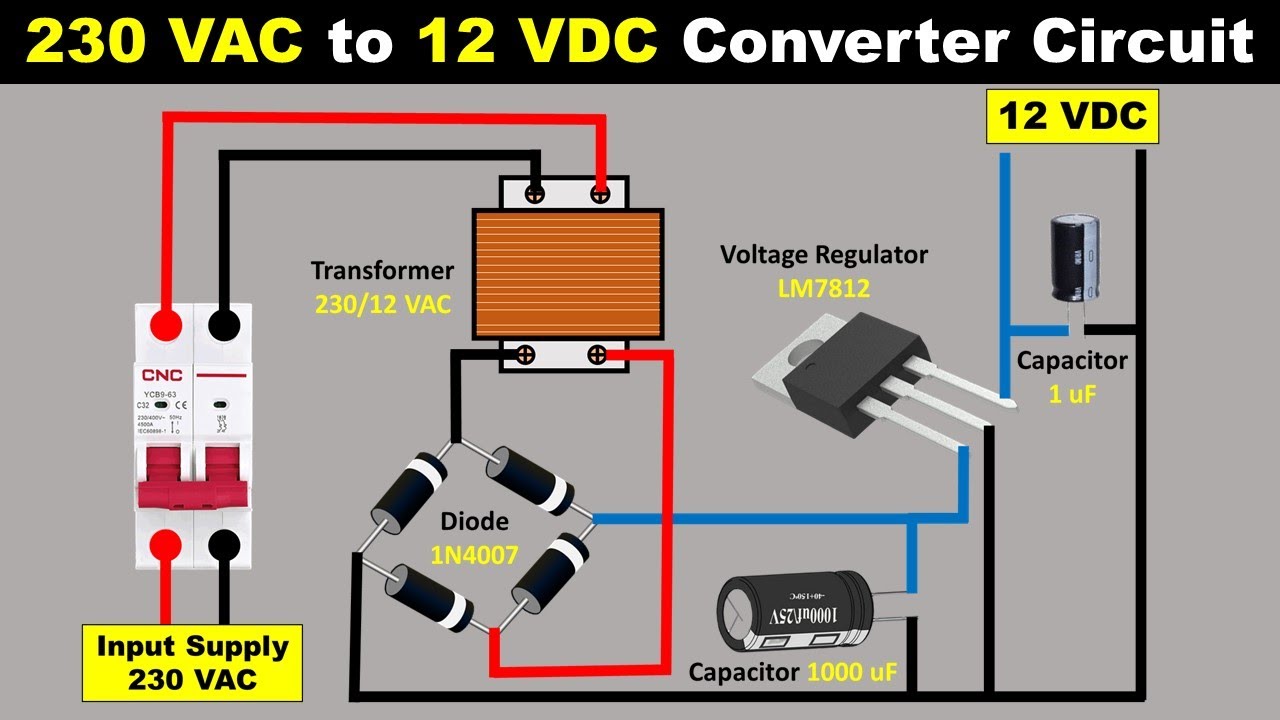
Best Way to Wire an AC to DC Converter
When it comes to converting alternating current (AC) to direct current (DC), getting the wiring right is crucial for optimal performance and safety. Whether you are a DIY enthusiast or a professional electrician, understanding the best way to wire an AC to DC converter can make a significant difference in the efficiency and longevity of your electronic devices.
There are several key steps to consider when wiring an AC to DC converter, from selecting the right components to properly connecting the wires. In this article, we will walk you through the best practices for wiring an AC to DC converter to ensure a smooth and reliable conversion process.
Choose the Right AC to DC Converter
Before you start wiring your AC to DC converter, it is essential to choose the right converter for your specific needs. Consider the voltage and current requirements of your electronic devices to select a converter that can handle the load effectively. Additionally, look for converters with built-in safety features such as overcurrent protection and thermal shutdown to prevent damage to your devices.
Inspect the Wiring Connections
Once you have chosen the right converter, carefully inspect the wiring connections to ensure that they are secure and properly insulated. Loose or damaged wires can lead to power loss or electrical hazards, so it is crucial to make sure that all connections are tight and well-protected with appropriate insulation materials.
Follow the Wiring Diagram
Most AC to DC converters come with a wiring diagram that illustrates how to connect the input and output terminals correctly. Follow the wiring diagram provided by the manufacturer to avoid any potential mistakes that could result in electrical malfunctions or device damage. If you are unsure about any of the connections, consult a professional electrician for guidance.
Use the Right Tools and Materials
When wiring an AC to DC converter, it is essential to use the right tools and materials to ensure a secure and reliable connection. Invest in high-quality wire strippers, crimping tools, and insulation materials to make the process easier and more efficient. Additionally, choose wires that are rated for the voltage and current requirements of your converter to prevent overheating and electrical failures.
Test the Connections
Before powering up your AC to DC converter, it is crucial to test the connections to ensure that everything is wired correctly. Use a multimeter to check for continuity and proper voltage levels across the input and output terminals. If you detect any abnormalities or inconsistencies, double-check the wiring connections and make any necessary adjustments before applying power.
Secure the Wiring
Once you have verified that all connections are correct, secure the wiring in place to prevent any movement or accidental disconnection. Use cable ties, adhesive mounts, or wire clips to organize and secure the wires neatly, keeping them away from heat sources or sharp edges that could cause damage. Properly securing the wiring will help maintain a tidy and safe installation.
Final Checks and Testing
Before you consider your wiring job complete, perform final checks and testing to ensure that everything is working as expected. Power up the converter and connected devices to verify that they are receiving the correct voltage and current levels without any issues. Monitor the converter for any signs of overheating or abnormal operation, and address any issues promptly to prevent potential damage.
Conclusion
Wiring an AC to DC converter requires careful attention to detail and adherence to best practices to ensure a safe and efficient conversion process. By choosing the right converter, inspecting the wiring connections, following the wiring diagram, using the right tools and materials, and conducting thorough testing, you can wire an AC to DC converter with confidence and peace of mind.
Was this helpful?
0 / 0